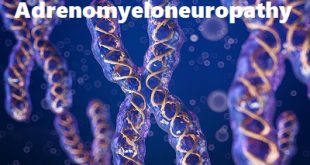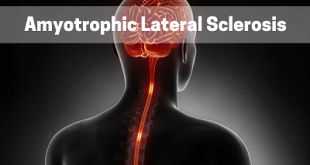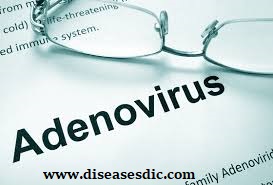Description Anaplasmosis is a disease caused by the bacterium Anaplasma phagocytophilum. These bacteria are spread to people by tick bites primarily from the blacklegged tick (Ixodes scapularis) and the western blacklegged tick (Ixodes pacificus). People with anaplasmosis will often have fever, headache, chills, and muscle aches. Doxycycline is the drug …
Read More »Adrenomyeloneuropathy – Symptoms, Diagnosis, and Prevention.
Definition Adrenomyeloneuropathy (AMN) is an inherited condition that affects the spinal cord. It is a form of X-linked adrenoleukodystrophy. On average, people with AMN begin to develop features in the late twenties. Signs and symptoms may include progressive stiffness and weakness of the legs; ataxia; speech difficulties; adrenal insufficiency; sexual …
Read More »Amyotrophic lateral sclerosis (ALS) or Lou Gehrig’s disease – Overview
Overview Amyotrophic lateral sclerosis (ALS), also known as Lou Gehrig’s disease, is a progressive degeneration of nerve cells that control muscle movements. The disease, the most common motor neuron disease among adults, became known as Lou Gehrig’s disease after the New York Yankee’s Hall of Fame first baseman. Gehrig’s career …
Read More »Anosmia – Types, Causes, Treatment, and Prevention
Definition Anosmia is the full loss of smell. Anosmia can be a temporary or permanent condition. You can partially or completely lose your sense of smell when the mucus membranes in your nose are irritated or obstructed such as when you have a severe cold or a sinus infection, for …
Read More »Anal Itching – Causes, Symptoms, and Treatment.
What is Anal Itching? Anal itching (known medically as pruritus ani) is irritation of the skin at the opening of the anal canal through which stool exits the body that leads to itching. The skin surrounding the opening is known as the anus. The itching is accompanied by the desire …
Read More »Aseptic Meningitis – Causes, Treatment, and Complications.
Overview Aseptic meningitis is an illness characterized by serous inflammation of the linings of the brain (i.e., meninges), usually with an accompanying mononuclear pleocytosis. Clinical manifestations vary, with headache and fever predominating. The illness is usually mild and runs its course without treatment; however, some cases can be severe and …
Read More »Anal Fissure – Complications, Diagnosis, and Prevention.
What is an anal fissure? An anal fissure is a tear in the lining of the lower rectum (anal canal) that causes pain during bowel movements. Anal fissures don’t lead to more serious problems. Most anal fissures heal with home treatment after a few days or weeks. These are called …
Read More »Adenovirus Infection – Causes, Transmission, and Prevention.
Introduction Adenoviruses (Adenovirus infection) are a group of common viruses that infect the lining of your eyes, airways and lungs, intestines, urinary tract, and nervous system. They’re common causes of fever, coughs, sore throats, diarrhea, and pink eye. Infections happen in children more often than in adults, but anyone can …
Read More » Diseases Treatments Dictionary This is complete solution to read all diseases treatments Which covers Prevention, Causes, Symptoms, Medical Terms, Drugs, Prescription, Natural Remedies with cures and Treatments. Most of the common diseases were listed in names, split with categories.
Diseases Treatments Dictionary This is complete solution to read all diseases treatments Which covers Prevention, Causes, Symptoms, Medical Terms, Drugs, Prescription, Natural Remedies with cures and Treatments. Most of the common diseases were listed in names, split with categories.








